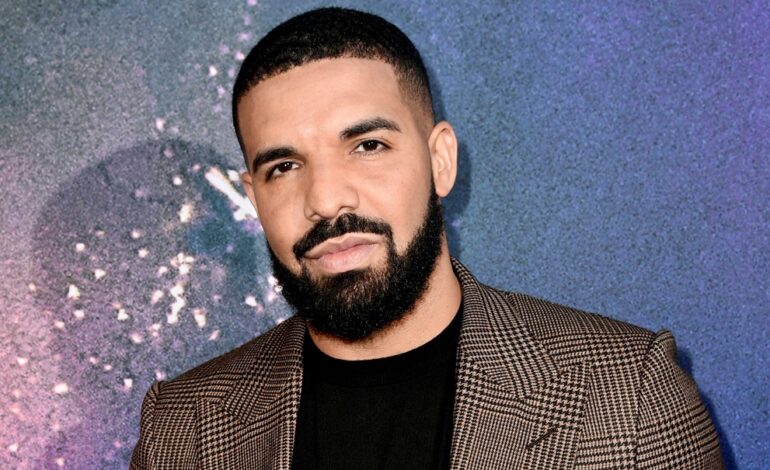
Faith Nyasuguta
Hippos could be added to the list of the world’s most endangered animals following dwindling populations sparked by the climate crisis, poaching and the ivory trade.
Across sub-Saharan Africa, the semi-aquatic mammals are found in lakes and rivers, with an estimated population of 115,000-130,000.
In addition to the trade in ivory – found in its teeth – and animal parts, they big mammals are threatened by habitat loss and degradation, and the effects of global heating.
Legally, hippos are also traded for commercial purposes and hunting trophies under Cites, the Convention on International Trade in Endangered Species of Wild Fauna and Flora.
Ahead of the next Cites Cop in Panama in November this year, 10 west African countries, including Togo, Gabon and Mali, have proposed that hippos be given the highest protection under Cites by listing them under appendix I of the convention.

Hippos are already listed as an appendix II species, which means they are not necessarily threatened with extinction but could become so if their trade is not regulated.
If given a nod, it would mean a total international ban on the trade in hippo body parts and ivory to help avert the decline of the species. It is estimated that at least 77,579 hippo parts and products were legally traded from 2009 to 2018.
In 2016, hippos were classified as vulnerable to extinction on the IUCN red list with local declines, particularly in west Africa, raising fears about the survival of the species in some of the 38 African countries where it is found.
The hippopotamus is one of the world’s heaviest land animals; males can weigh as much as 1,800kg, and they are often found in large groups. The animals are especially vulnerable to overexploitation due to their long gestation periods of eight months, and females not reaching sexual maturity until nine or 10 years.
Rebecca Lewison, co-chair of the IUCN SSC hippo specialist group, said hippos have been overlooked as a species of conservation concern due to their high population densities, which can give the impression that there are plenty of them in the wild. But populations have declined substantially over the last 20 years.
“The biggest threat to hippos is habitat loss and degradation. Common hippos rely on fresh water to survive, and that often puts them in conflict with local communities who also need fresh water for agriculture, energy, fishing and residential development,” she said.

“Hippo-human conflicts are on the rise, particularly in west Africa, where common hippo populations are declining rapidly. Hippo-human conflicts unfortunately result in both hippo and human fatalities and have contributed to a related problem of unregulated hunting for hippo meat and ivory, which is found in their canine teeth,” she added.




